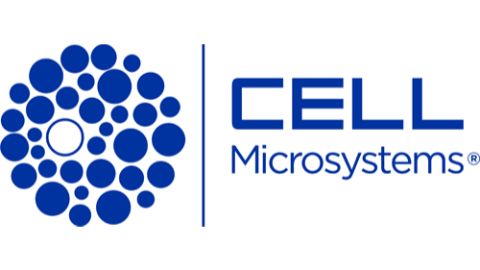Scaffold Design, Function and Over-expression of Lentiviral-based microRNAs

MicroRNAs are short non-coding RNAs that regulate gene expression through targeted degradation of one or more genes and have been shown to play an important role in development, differentiation and disease. For example, microRNAs are critical for stem cell function and differentiation. Also, dysregulation of microRNA expression has been associated with the development and progression of many types of cancers. To better understand the functional roles of microRNAs in phenotypes of interest, gain-of-function experiments can be performed by introducing microRNA mimics into cells, which mirror the effects of endogenous microRNAs. Studies with synthetic microRNA mimics are useful in easy-to-transfect cell types as well as instances where phenotypes are readily observed over short time periods. However, additional delivery strategies are required for cells that are refractory to transfection and for phenotypes that develop over longer time points. Here we describe the strategy for scaffold design and highlight the importance of choosing an optimal promoter in cells of interest for the over-expression of lentiviral-based microRNA mimics. We demonstrate down-regulation of gene targets in difficult-to-transfect primary, immune and neuronal cells (HuVEC, K562, SH-SY5Y), and show mesenchymal to epithelial transition markers in MDA-MB-231 breast cancer cells by over-expression of miR-429.





